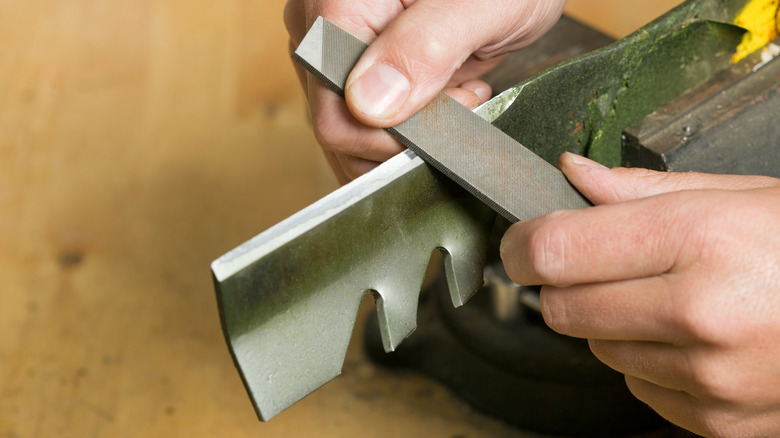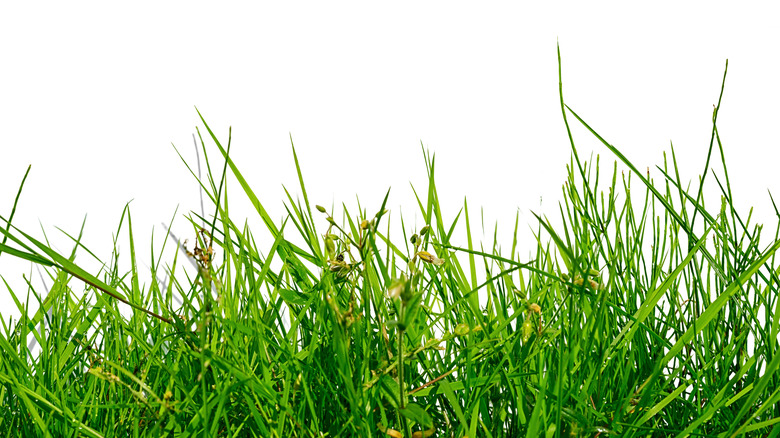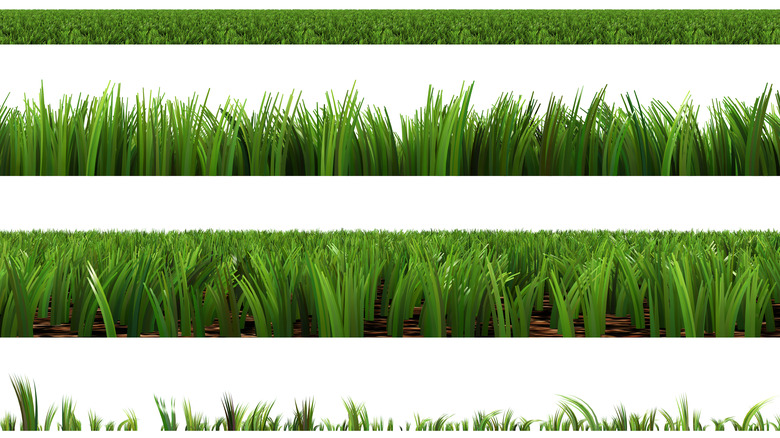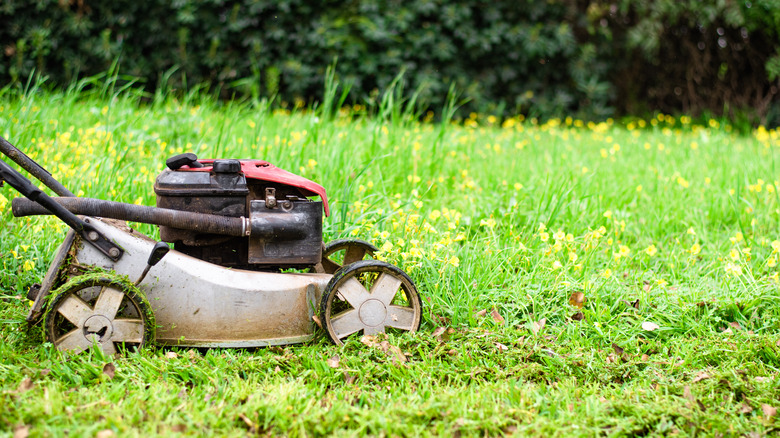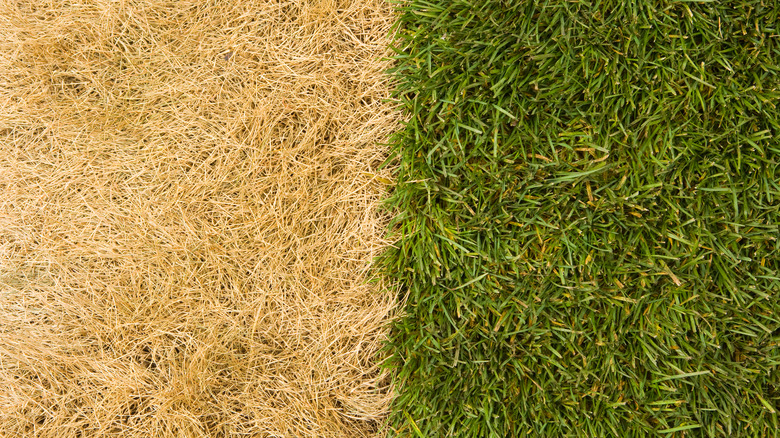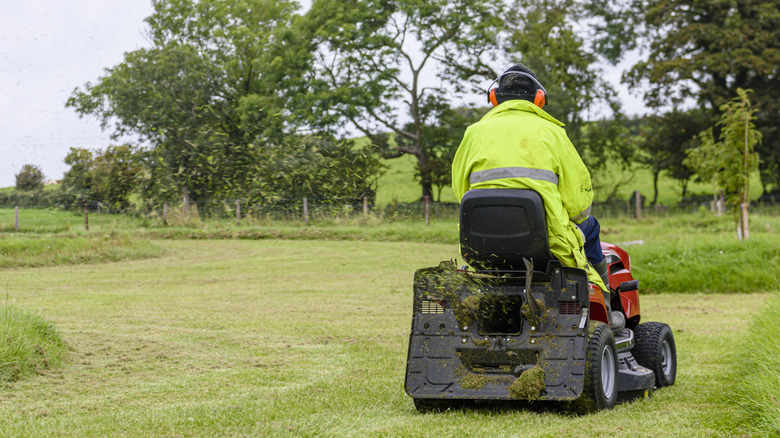Signs It's Time To Sharpen Your Lawn Mower Blades
Maintaining a lush, green lawn requires more than just regular watering and fertilizing. It also involves proper maintenance of your lawn equipment. One often overlooked aspect of lawn care is ensuring that your lawn mower blades are sharp and in optimal condition. Dull mower blades not only compromise the appearance of your lawn but also impact its health and vitality. But how do you know when it's time to give your lawn mower a tune-up?
Today, we'll explore five telltale signs that indicate it's time to sharpen your lawn mower blades. From uneven grass cutting to excessive vibration and noise, each sign serves as a valuable indicator of blade dullness and highlights the importance of proactive maintenance. By understanding these signs, you can ensure a clean, healthy cut for your lawn and enjoy a vibrant outdoor space all season long. Let's dive into the details to keep your lawn looking its best.
Uneven grass cutting
When your lawn mower blades are dull, they struggle to slice through the grass cleanly and evenly. As a result, instead of a uniform cut, you may find patches of taller grass left behind while other areas are trimmed to the desired height. Sometimes, the dull blades even cut your grass too short or rip the grass out completely from the soil. This uneven cutting not only disrupts the visual harmony of your lawn but also creates a patchy, unkempt appearance that detracts from its overall beauty.
Sometimes, the actual ground or soil under your grass is uneven, which can create the illusion of uneven grass. However, on well-maintained lawns, the stark contrast between these lengths of grass can diminish the overall aesthetic appeal. In such cases, it's essential to inspect your lawn mower blades and consider giving them a sharpen.
Sharp blades are essential for producing clean, precise cuts that result in an even and uniform appearance across your lawn. Additionally, implementing regular lawn maintenance practices, such as fertilizing, aerating, and avoiding improper watering practices can improve the health and resilience of your lawn, promoting lush, green growth.
Torn or ragged grass blades
Since dull lawnmower blades can't slice through grass as effectively, they may sometimes snag on grass, ripping the edges off inside or cutting them cleanly. This results in a distinctive "ragged" appearance for the grass blades, which differs from the smooth, uniform edges typically associated with a clean cut. During routine lawn maintenance activities, such as mowing, people can easily notice these torn or ripped blades. Upon close inspection, the tips of the grass blades appear tattered or split, lacking the sleek, consistent edges typically associated with a clean cut.
Beyond the cosmetic impact, torn grass poses significant health risks to your lawn. The damaged and weakened nature of torn grass makes it more susceptible to diseases, pests, and weeds. With the grass damaged, it is less able to retrieve the sunlight and nutrients it needs, leaving space for weeds like dandelions to make a home in your yard. These factors all compromise the overall health and resilience of your lawn, potentially leading to widespread issues if left unaddressed.
After mowing, homeowners or landscapers should visually assess the quality of the cut grass. If the grass blades appear ragged or uneven, it's a clear indication that the lawn mower blades are dull and require sharpening to restore their cutting efficiency.
Increased mowing time and effort
When it takes longer than usual to mow your lawn, it's often a sign that your lawn mower blades are dull and not cutting efficiently. Dull blades struggle to slice through the grass cleanly, resulting in repeated passes over the same areas to achieve the desired cutting height. Instead of smoothly gliding through the grass with each pass, the mower may bog down or leave behind uncut patches. As a result, what would typically be a quick and efficient mowing process becomes prolonged and labor-intensive. This extended mowing time can be frustrating for homeowners and landscapers alike, as it not only consumes more time but also increases fuel consumption and, ironically, accelerates wear and tear on the mower.
In addition to avoiding multiple passes over the same strip of grass, when mowing your lawn, you shouldn't encounter significant resistance. With a well-maintained, quality lawnmower, you shouldn't need to exert excessive pressure to achieve your desired cut. If you find yourself applying this much physical force or having to weigh your lawnmower down to get your grass cut, it's a clear indication that your lawnmower blades urgently require sharpening.
Lawn discoloration
Lawn discoloration is often attributed to dull lawn mower blades. We already know that dull lawn mower blades can rip grass out, which is harsh on the grass. When grass experiences this kind of stress, it can manifest as discoloration, typically appearing as patches of faded or browned grass within the lawn. Sometimes, the grass can even display white tips. Such unsightly blemishes are not something you or your neighbors want to see.
The impact of dull blades on your grass's color is multifaceted. Firstly, the uneven or jagged cuts inflicted by dull blades create openings for moisture loss , leaving the grass vulnerable to environmental stressors like heat and drought. When grass cannot retain enough water, it will experience reduced photosynthetic efficiency which typically results in the grass losing its vibrant green color. Furthermore, if the uneven cutting caused by dull lawnmower blades has attracted pests, fungi, or other diseases to your lawn, their infections may manifest in the form of discoloration on your grass.
Excessive vibration or noise
Excessive vibration or noise from your lawn mower during operation can be a clear indication that the blades are dull and struggling to cut through the grass effectively. When mower blades are dull, they encounter increased resistance as they attempt to slice through the grass, leading to vibrations and irregular noises as the mower struggles to maintain consistent cutting performance.
The vibration and noise emanating from the mower are symptomatic of the strain placed on both the blades and the mower's engine and components. Dull blades require more power to achieve the same cutting results as sharp blades, placing additional stress on the engine and causing it to work harder than necessary. This increased strain not only reduces the efficiency and effectiveness of the mower but also accelerates wear and tear on its components, potentially leading to premature mechanical issues and costly repairs.
Moreover, excessive vibration and noise can negatively impact the user's comfort and safety during mowing. Vibrations transmitted through the mower handle can cause discomfort and fatigue for the operator, making the mowing experience less enjoyable and potentially increasing the risk of accidents or injuries.
